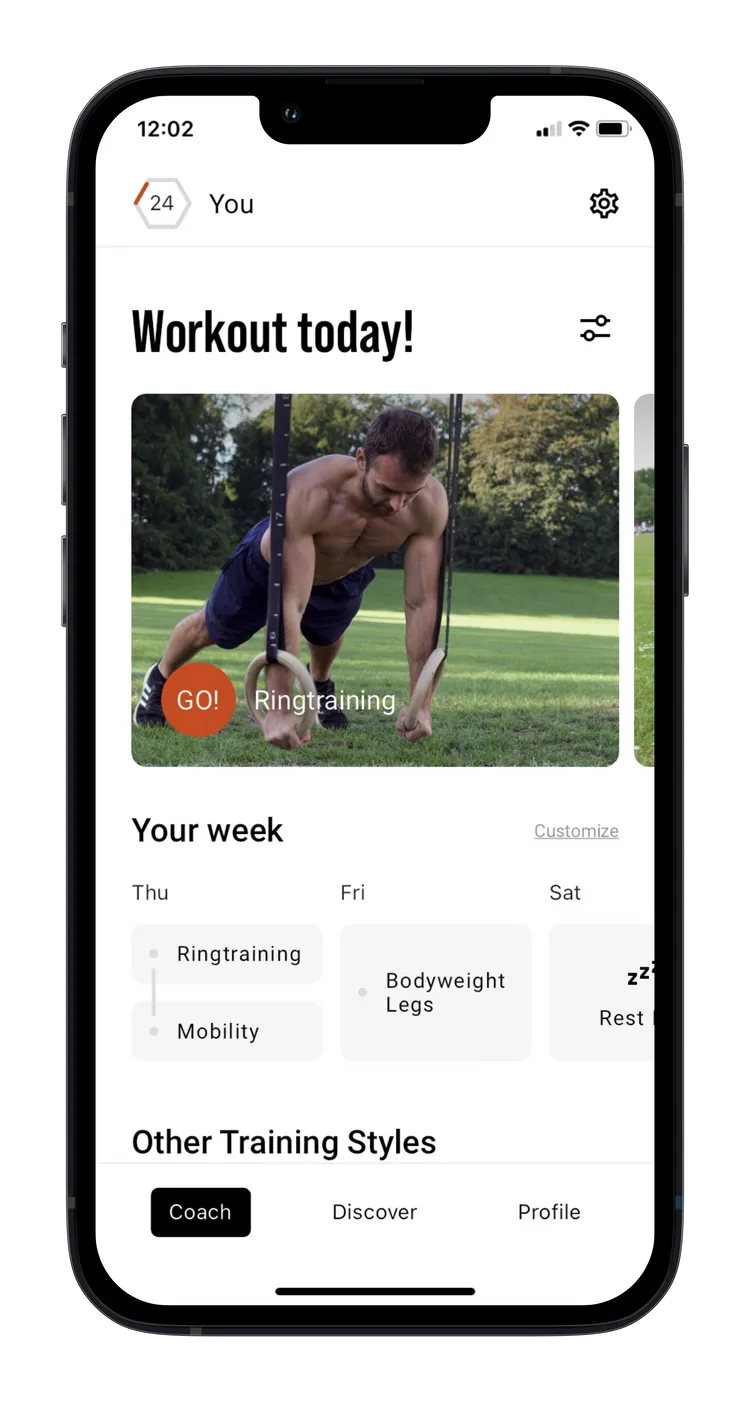Hinge Rows with gym rings
Hinge Rows are a challenging exercise that specifically strengthens the upper back, shoulders, and arms. They enhance the strength of the trapezius muscles, activate the lats, and promote shoulder blade stability. Using gymnastic rings or TRX straps set at hip height, the body is kept in a straight line. During the pull, the hips are slightly pushed back until the torso is upright, and the elbows are aligned with the shoulders. The movement remains controlled, with deliberate retraction of the shoulder blades. Hinge Rows are ideal for building strength for Pull-Ups and Rows, effectively targeting the back muscles.
Necessary equipment
Hinge Rows with gym rings - the correct execution
- Begin in a rowing position with legs and arms extended
- Powerfully pull the rings towards your head by bending your arms
- Bend your hips and bring your upper body into an upright position
- Your lower body remains in the same position as at the beginning
- Ensure that in the final position, your elbows and shoulder joints form a 90-degree angle
- In the final position, the elbows are at shoulder height and pointing out to the sides
- Actively retract your shoulder blades together in the top position
- Slowly and controlled, lower your body back to the starting position by extending your arms and releasing the hip flexion
The exercise Hinge Rows is intended to be used as a hypertrophy exercise.
Which muscles are trained by Hinge Rows?








Primary trained muscles for Hinge Rows
Rear Delts - The rear part of the deltoid muscle, also known as the posterior shoulder, is located at the back of the shoulder. It is responsible for the backward movement of the arm as well as external rotation. This muscle is particularly engaged during activities like rowing or pulling the arm back. The rear shoulder supports posture and helps pull the shoulder blades back, contributing to shoulder stabilization.
Upper Back - The muscles in the upper back, including the trapezius and rhomboid muscles, help move and stabilize your shoulders. They pull the shoulder blades together and support posture.
Secondary trained muscles for Hinge Rows
Side Delts - The lateral part of the deltoid muscle, also known as the lateral shoulder, is located on the outside of the shoulder. It is the main muscle responsible for lifting the arm sideways. The lateral shoulder is particularly active when the arm is extended away from the body, such as during lateral raises or lifting objects to the side. It plays a key role in arm abduction and shoulder stabilization.
This could also be interesting
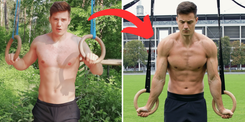
Calisthenics Body Transformation – How to Build a Strong, Lean, and Athletic Physique
Transform your body with Calisthenics! Build muscle, burn fat & achieve a shredded physique with bodyweight training. See real before & after results!
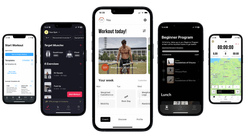
The Best Fitness Apps in 2025: Our Top 10 Recommendations
Don’t miss the best fitness apps of 2025: surprising favorites, free options, and perfect tools for your workouts. Find the ideal app today!
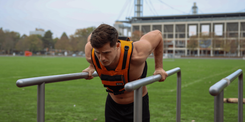
Complete Calisthenics Skills List – 40+ Exercises from Beginner to Pro
Which calisthenics skills should you learn first? And which ones will really help you progress? In this article, you’ll find a complete list of over 40 exercises – from the very basics to the toughest moves for professionals. Each exercise comes with instructions, so you can immediately integrate them into your training.
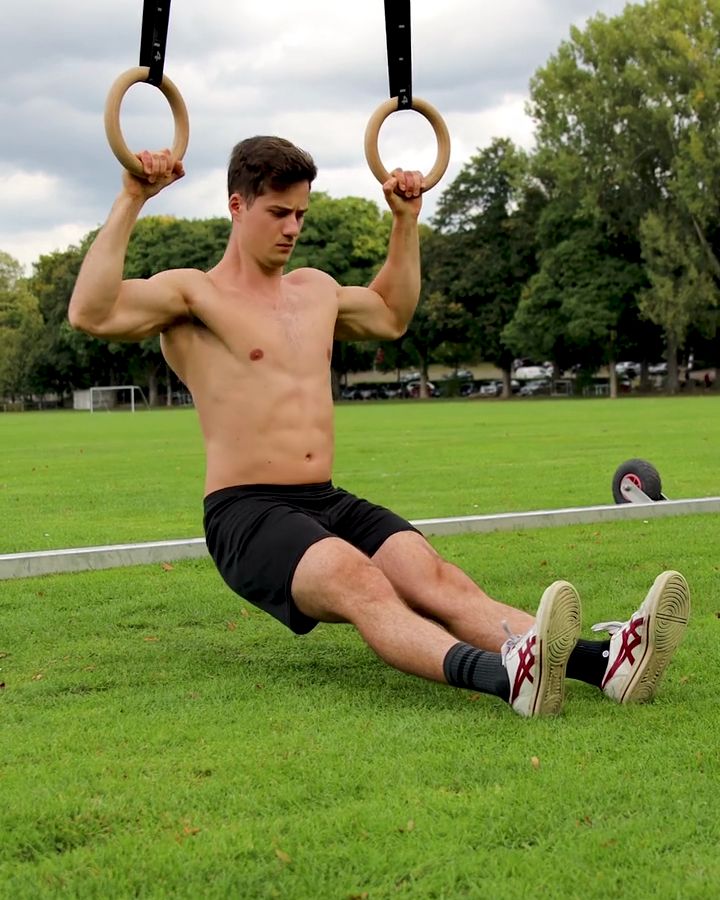
~e5724973d14549c23ea8a586b5736b36.png?alt=media)
